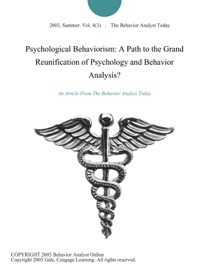Students who have not learned basic receptive communication skills using standard discrete trial methods are often recommended for "functional" programs. Lessons in these programs provide opportunities for students to learn new skills in functional contexts. Typically, these students are very successful at these types of routines. However, the teaching of skills in routines does not provide for the flexibility or conceptual complexity needed for higher-level skills. For example, when given a verbal instruction, the student's behavior is not controlled by auditory stimuli but rather the environmental and contextual cues. Without those cues the student does not follow the instruction. Given the powerful reinforcement history with visual stimuli observed in these students, new methods for teaching receptive communication are described. **********



















































